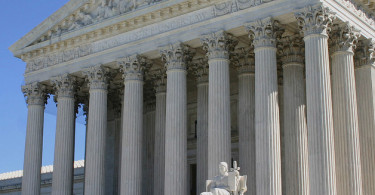If you use a Fitbit or share your medical information in an online support group, you’re part of...
Health and financial security
Hundreds of thousands of Social Security retirees still paying...
More than 700,000 U.S. households headed by people 65 and older are living with student debt...
Home care: How the Netherlands delivers good care at a good price
Unlike the classic home care agency that uses a range of personnel to provide care and support to...
Will the Supreme Court take away your health care?
Will the Supreme Court take away your health care? Incredibly, that’s what could happen when the...
Out-of-pocket health care costs rising much faster than wages
Health care spending may not be growing as quickly as it has in the past, but most working...
Older and living alone, the rise of elder orphans
Elder orphans, older adults living alone, should be among the chief concerns of health policy gurus...
Most hospitals offer financial assistance; new IRS rules will...
Many patients who are hospitalized are uninsured or underinsured and can’t afford to pay...
Health plans must cover preventive care services in full
It’s always wise to question your health plan if it denies coverage for your care or covers less...
Trans-Pacific Partnership-Related Bill Contains A Medicare...
New disturbing information has surfaced that the House Republicans’ trade adjustment assistance...
Many Americans billed for care they thought was covered
A new survey of Americans by Consumer Reports National Research Center reveals that nearly one in...










